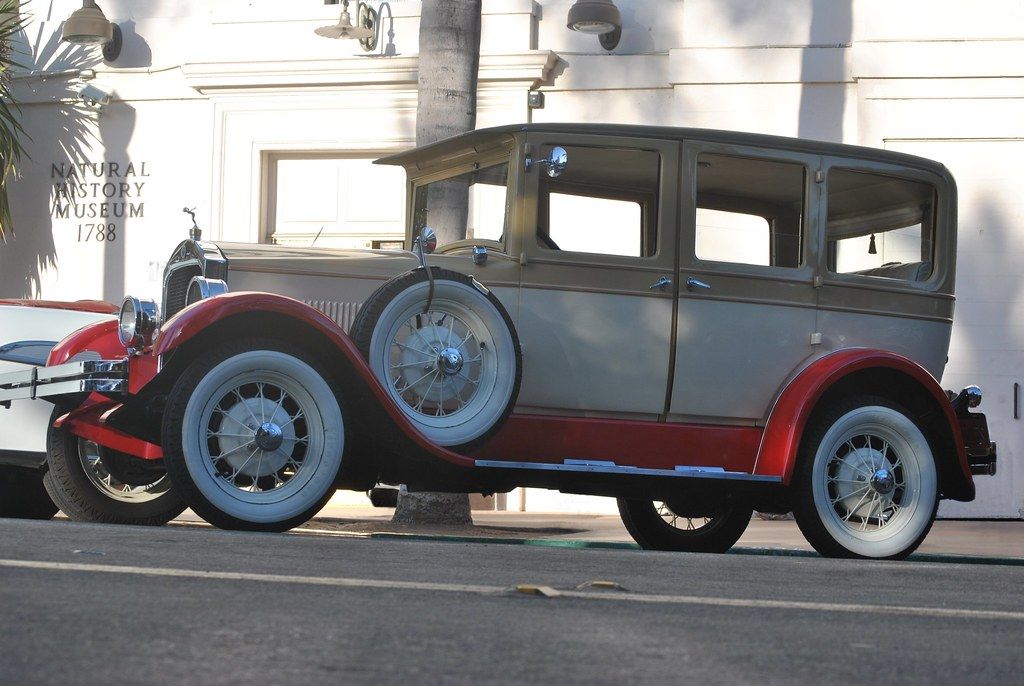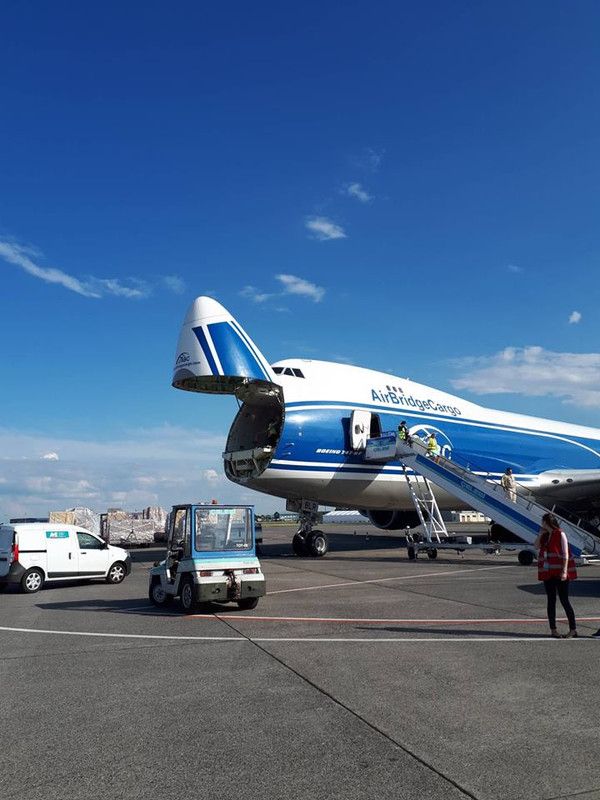Once cherished as essentials, many vintage household items have quietly vanished from our lives, replaced by modern conveniences. These aren’t just dusty antiques; they’re relics that once defined our daily routines, shaped our communication, and entertained us in ways that feel almost alien today. They tell stories of simpler times and changing lifestyles, echoing an era where interaction with technology was a more deliberate, tactile experience. We’re here to ask: did we trade too much soul for convenience?
It’s a fascinating, almost brutal, cycle of obsolescence. One moment, a device is at the cutting edge, indispensable. The next, it’s relegated to a dusty shelf, or worse, entirely forgotten by newer generations. We’re not just listing old gadgets; we’re diving deep into the rise and fall of these mechanical and early digital marvels. So, buckle up! Join us as we explore their ingenious design, their undeniable impact, and the relentless march of progress that ultimately pushed them from center stage. Get ready for a hefty dose of nostalgia, because these titans deserve a proper, in-depth send-off.
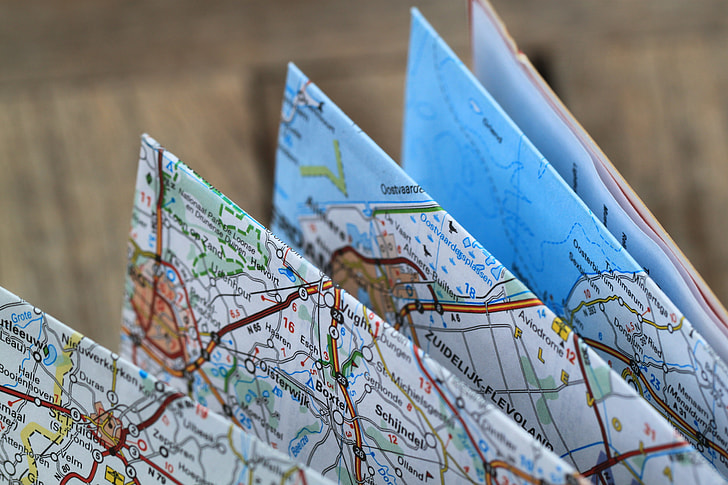
1. Paper Road Maps.
Remember unfolding a crinkled map, tracing winding highways and dotted roads with your fingers? “It was a journey guided by instinct and printed lines, capturing the thrill of exploration before screens took over!” This tactile experience wasn’t just navigation; it was an exercise in spatial reasoning, fostering active engagement with travel. Every fold and crease promised a tangible adventure.
“Paper road maps were once a cornerstone of travel—a time capsule of exploration in a pre-digital world.” They encouraged communal planning and spontaneous detours, making the journey as important as the destination. Today, “they’re almost as rare as finding a payphone in the wild because of GPS.” While GPS offers undeniable efficiency, it strips away the charm of discovery and the necessity of local interaction. Did your smartphone ever make you feel truly lost in the best way?
“If you dig around in an old family car or rifle through your grandparents’ attic, you might still find a paper map or two.” These are now poignant relics, often kept more as keepsakes than practical tools. They’re tangible testaments to past adventures, reminding us of a time when getting wonderfully lost was an integral, even cherished, part of the travel experience, not a source of digital panic.
Read more about: Your Insider Guide to Unlocking the Cheapest International Flights from the US: Mastering the Best Booking Tools
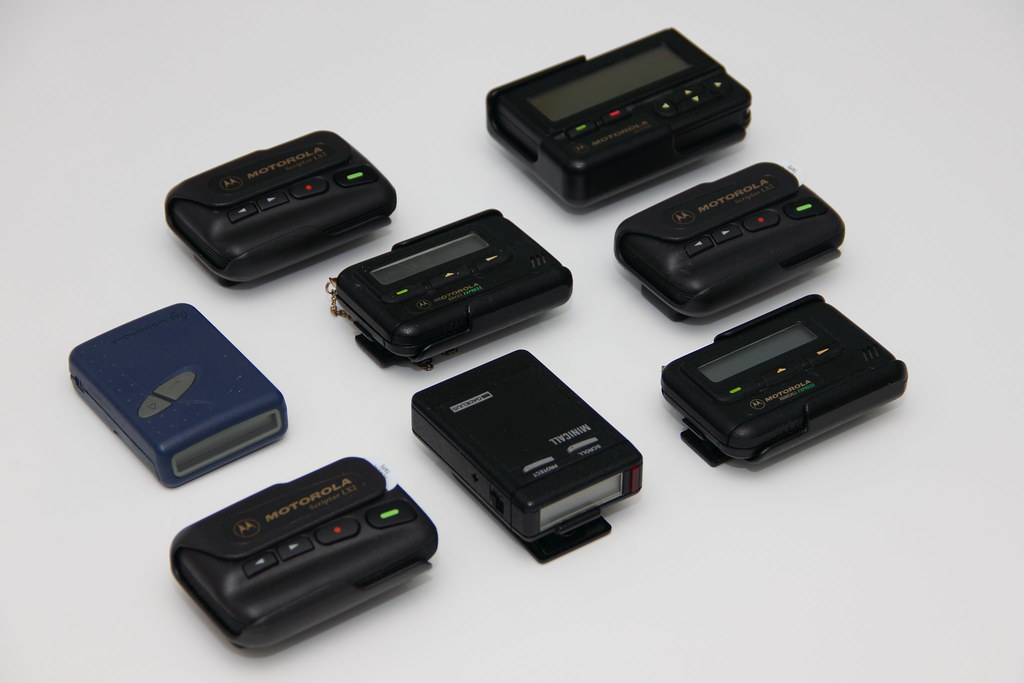
2. Pagers
Can you recall a time when a small black device clipped to your belt symbolized cutting-edge technology? Pagers were once the ultimate communication tool, buzzing with urgency and delivering brief, coded messages. Having one meant you were important, connected, and always just a few beeps away from crucial information.
“Before cell phones became ubiquitous, pagers were a lifeline for those who needed to stay connected. Doctors, emergency workers, and businesspeople relied on them to receive urgent messages anytime, anywhere!” This wasn’t just personal convenience; it was critical infrastructure. It was efficient, direct, and surprisingly effective, ensuring vital communication in a pre-smartphone era. Talk about high-stakes messaging!
“Though it wasn’t instantaneous communication, it was dependable, and in many ways, it taught us patience.” You’d get a number, then find a payphone to call back. “Today, finding a pager is like discovering a fossil from the tech age gone by.” We may have lost communication discipline, swapping purposeful beeps for endless, immediate notifications. There’s something to be said for delayed gratification, even in tech.
Read more about: Gone but Not Forgotten: Unearthing 11 Vintage Tech Gadgets That Time Left Behind

3. Rotary Phones
Still, remember the satisfying click of a rotary phone dial as it spun back into place? How does it spark memories of the occasional frustration of misdialing a number and having to start over? These sturdy, weighty devices weren’t just for calls; they were fixtures, anchors in the home, demanding a certain ritualistic interaction.
“Rotary phones, with their sturdy frames and characteristic design, once graced nearly every home, bringing voices together across the miles.” They were built to last, enduring decades of conversations. The heft of the handset, the distinct bell, and the satisfying dial engagement created an experience richer than today’s sleek, impersonal slabs of glass and metal. Real commitment, not just a tap.
However, “the advent of push-button phones in the 1960s gradually declined the rotary phone.” Faster, easier, less prone to misdials – an obvious upgrade. But did we sacrifice tactile satisfaction, that deliberate act of connecting, for speed? “These days, rotary phones are rare relics, often found in thrift shops or as decorative pieces.” Perhaps it’s time to bring back that intentionality in our modern, hyper-connected world.
Read more about: From Seamless Drives to Software Snafus: Unpacking the Digital Divide in 10 Brand-New Cars

4. Typewriter
Who would forget the rhythmic clack of typewriter keys, the satisfying ding at the end of a line, and the tactile process of pressing letters into paper? “It’s one of the best inventions if you ask me.” There’s an undeniable romance to the typewriter, a feeling of raw creation that digital screens simply cannot capture. Every keystroke was a commitment, every page a victory.
“Typewriters were once the heart of homes and offices, a tool that made words tangible and ideas permanent!” That permanence was no small thing. “The act of typing was deliberate—you couldn’t backspace or delete with a single tap!” This enforced a discipline that modern word processors have eradicated. Each sentence had to be considered, each word carefully chosen, because corrections were laborious, often messy.
“Before computers and word processors, typewriters were the go-to devices for everything from letters to manuscripts. For writers, journalists, and office workers, the typewriter was an indispensable tool!” The very sound of a busy newsroom, filled with dozens of clacking typewriters, was the soundtrack to information being born. That ‘ding’ was more satisfying than any ‘send’ notification, signaling a line well-completed. We truly miss that purposeful noise.
Read more about: Your Ultimate Pre-Retirement Checklist: 14 Essential Steps for a Secure and Joyful Golden Age
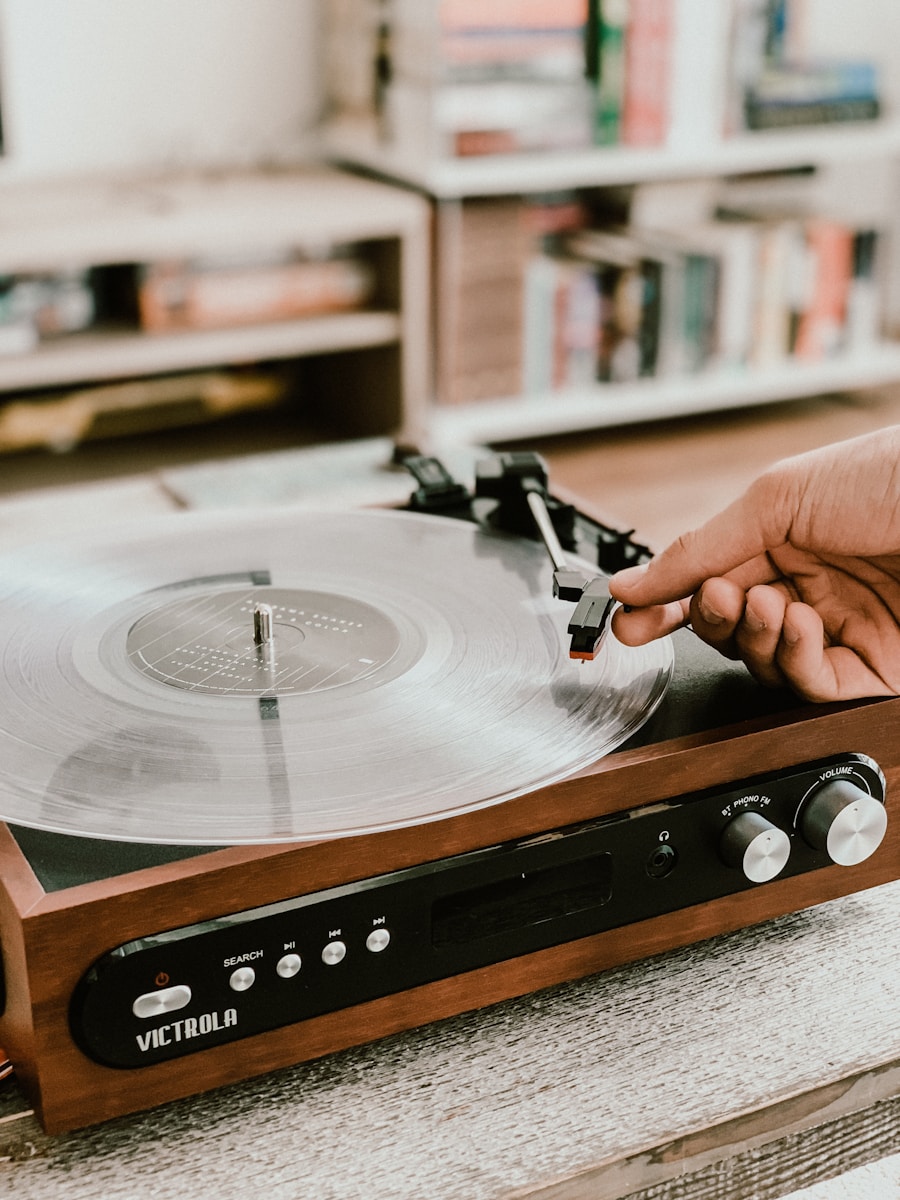
5. Victrola
“Without this device, we wouldn’t have entered the world of sound!” Seriously, think about that. For decades, the Victrola was the undisputed centerpiece of home entertainment, single-handedly bringing music into homes in a way people had never experienced before. It was a gateway to culture, a purveyor of joy, and a testament to early audio engineering.
“First introduced in the early 1900s by the Victor Talking Machine Company, these hand-cranked phonographs, with their elegant wood cabinets and iconic horn speakers, made recorded music accessible to the masses.” These were more than machines; they were pieces of furniture, statement items. The ritual of selecting a record, winding the mechanism, and carefully placing the needle was an event in itself, an act of intentional engagement with art.
“As with so many technological marvels, the Victrola’s reign didn’t last forever. By the mid-20th century, electric record players and radios began to take over, offering greater convenience and better sound quality.” While inevitable, the Victrola’s mechanical ingenuity was remarkable. It filled rooms with sound without a single electron, a true analog wonder. We’ve gained portability, but perhaps lost a bit of the reverence for the musical moment.
Read more about: Rosé’s Unforgettable Journey: Unveiling the Milestones of a Global K-Pop Phenomenon
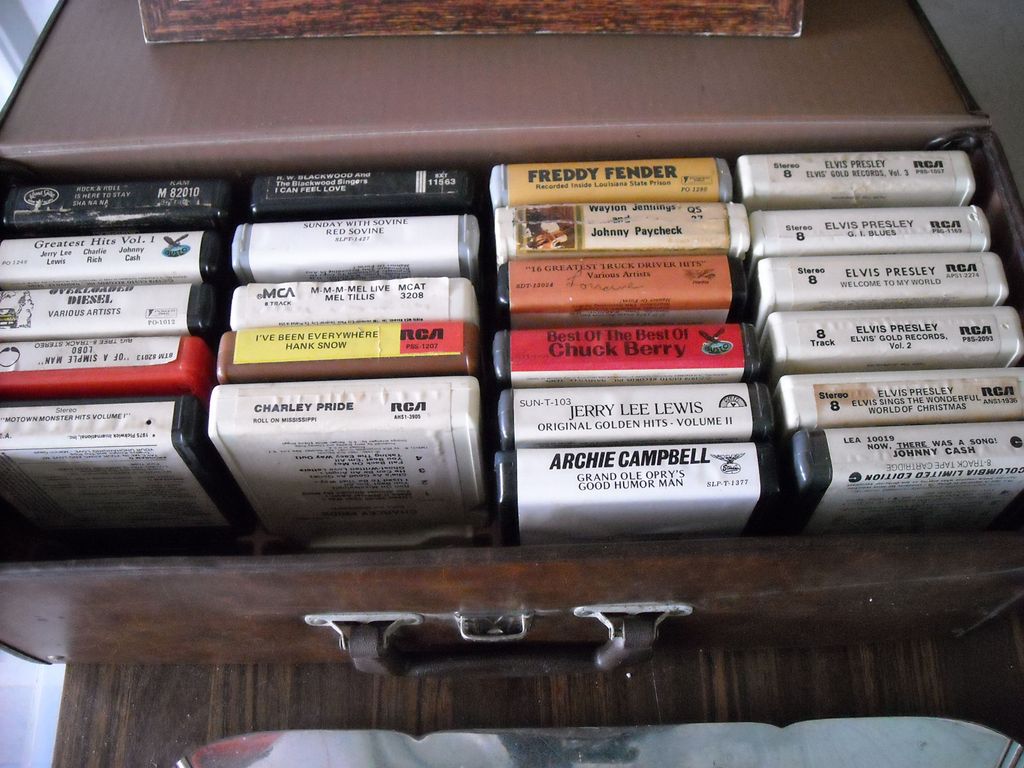
6. 8-Track Tapes
Ah, 8-track tapes. “Iconic in the 1960s and 70s, [they] brought music to life in cars and homes.” These chunky cartridges were more than just a format; “they captured road trip memories, singalongs, and the joy of discovering albums.” If you grew up with these, you understand the unique bond they forged between music and the open road, especially in the automotive realm.
“Unlike vinyl records, 8-tracks were portable and durable, making them perfect for car stereos.” No skipping over bumps, no delicate needles to worry about. You could slap in an 8-track, hit the highway, and enjoy an entire album uninterrupted. This was revolutionary for car audio, transforming long drives into personal concerts and solidifying their place in car culture.
However, “By the 1980s, 8-tracks had mostly vanished, their bulky cartridges replaced by slimmer cassettes.” And let’s be honest, while they had their charm, the clunky track changes and tape unraveling weren’t peak audio fidelity. But for a specific era, they were king, a tangible piece of automotive history that delivered the soundtrack to a generation. We salute their service, even if they sometimes ate our favorite album.
Read more about: Mind Blown: 15 Old School Car Features Kids Today Would Seriously Never Get (And Why We Kinda Miss Them!)

7. Floppy Disks
For years, these small, square wonders were “the heart of personal computing, storing everything from school assignments to software!” They were the physical manifestation of our digital lives, keepers of precious data, and symbols of limitless technological possibility. “At the time, it is the most reliable way to save and share data.”
“Introduced in the 1970s and gaining popularity in the 80s and 90s, floppy disks were the backbone of early digital storage.” Before the internet was omnipresent, floppies were how you moved files. Their compact design, fitting snugly into a shirt pocket, made them the original portable data solution. You literally carried your digital world with you, a physical interaction with information.
“By the early 2000s, CDs, USB drives, and external hard drives outpaced them with greater storage and faster speeds.” Their demise was swift and brutal. While eventually obsolete, floppies represent a crucial step in computing, a charmingly limited but utterly indispensable predecessor to today’s invisible data streams. Let’s be real, the ‘save’ icon still looks like a floppy disk for a reason – that’s legacy!
Alright, so we’ve already plunged deep into the early digital and mechanical marvels that once dominated our lives. But believe me, the nostalgic journey isn’t over yet! If you thought we were done unearthing the truly fascinating, forgotten titans that shaped how we lived, worked, and even relaxed in simpler times, you’d be dead wrong. We’re just getting warmed up!
Now, get ready as we pivot from the early tech and communication giants to the very heart of the home, exploring seven more iconic devices and personal care items. These are the unsung heroes that defined domestic life, dictated personal routines, and made everyday living not just possible, but often quite an art form. From the way we kept our food fresh to how we tackled chores and stayed pristine, these items represent a bygone era of ingenuity and hands-on engagement. They prove that sometimes, convenience comes at the cost of character. Let’s fire up this next round of fascinating relics!
Read more about: Prince Rogers Nelson: A Comprehensive Retrospective on the Life and Musical Legacy of a Global Icon
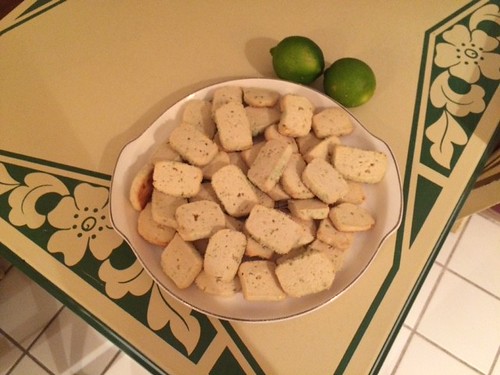
8. Icebox
Have you heard the story of the “ice man” delivering giant blocks of ice door-to-door? It sounds like something out of a period drama, doesn’t it? Well, before electric refrigerators became a staple in every kitchen, the humble icebox was the undisputed king of food preservation. These were the unsung heroes, silently working to preserve our milk, meat, and other perishables, making sure dinner didn’t spoil before it hit the table.
These ingenious contraptions, typically made of wood and metal and lined with insulating materials like zinc or tin, weren’t just glorified coolers; they functioned as early refrigerators. They were a lifeline in the late 19th and early 20th centuries, ensuring families could keep food safe to eat for longer than a single day. The daily or weekly ritual of the ice delivery was a fundamental part of household logistics, a clear sign of how different life was when cooling power wasn’t just a plug-and-play affair.
Let’s talk shortly about its inevitable decline, which, like many of our beloved relics, was swift and decisive. When electric refrigerators were invented and mass-produced, the reign of the icebox slowly but surely vanished. Refrigerators offered consistent cooling, required no daily maintenance, and, crucially, eliminated the reliance on those regular ice deliveries. It was a massive leap forward in convenience, but you can’t deny the cool, almost communal, charm of the ice man’s arrival, signaling a fresh supply for the week.
Read more about: 14 Crucial Items You Should Never Leave in Your Car and Why It Matters for Your Safety and Wallet

9. Washboards.
Imagine a time when doing laundry meant more than simply pushing a button and letting a machine do all the heavy lifting. Instead, it involved hands scrubbed raw, lathered clothes, and the rhythmic, almost meditative, scrubbing sound of a washboard! For generations, this humble, ridged plank of wood or metal was the cornerstone of washday, a testament to sheer effort and determination.
Long before electric washing machines transformed laundry into a passive chore, the washboard was the star of the show. It was a tool that demanded physical engagement, a steady rhythm, and a hefty dose of elbow grease. The corrugated surface was specifically designed to agitate dirt out of fabrics, transforming a pile of dirty clothes into clean, fresh garments through sheer mechanical advantage, powered by human muscle.
However, humans, always striving for efficiency and comfort, couldn’t resist the allure of automation. The rise of electric washing machines in the mid-20th century slowly but relentlessly pushed washboards into obscurity. Why scrub by hand when a machine could do it faster, with less sweat and far more consistently? While we gained incredible convenience, we lost the tangible connection to one of life’s most basic, yet essential, chores.
Read more about: Step Back in Time! 14 Jaw-Dropping Pictures That Prove the 1950s Were Totally Wild and Way Cooler Than You Think
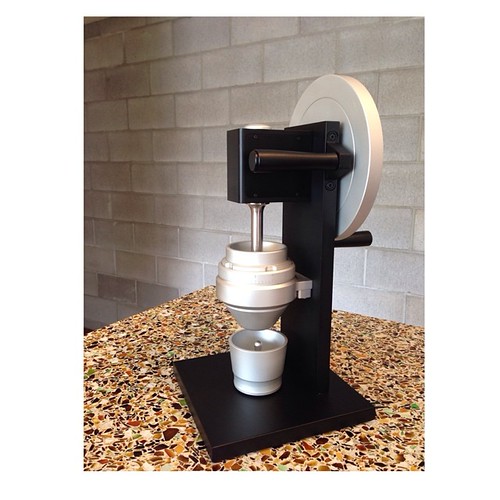
10. Manual Coffee Grinder
Long before electric appliances took over every conceivable kitchen task, manual coffee grinders were absolutely essential to starting the day with that perfect, aromatic cup of coffee. Oh, that perfect aroma of freshly ground beans filling our kitchen every morning wasn’t some automated luxury; it was the direct result of a purposeful, morning ritual that engaged all your senses!
The process itself was wonderfully simple and incredibly tactile. You’d carefully pour the whole coffee beans into the top hopper, then, with a few satisfying turns of the handle, you’d feel the beans crunching and transforming. Within moments, the freshly ground coffee would await you in the bottom compartment, ready for brewing. It didn’t require complex programming or a power outlet; just a few moments of your time and a desire for truly fresh coffee.
Despite that undeniable charm and efficiency, the inevitable march of progress brought electric models into play. These offered better speed and convenience, which, for many, was a deal-breaker. People began trading in their beloved hand-cranked devices for the ease of a button-press. As a result, manual grinders slowly but surely lost their prominent place in everyday life. For younger generations today, they are more a curiosity now, a beautiful relic, than a functional tool that defined morning routines for decades.
Read more about: Wirecutter’s Top 8: Unbeatable Budget Vacuums Under $150 That Conquer Pet Hair
11. Straight Razors
Does this remind you of the iconic Sweeney Todd? Well, for those who wielded them, handling straight razors was no joke; it definitely needed expertise! It required skill and laser-sharp focus, transforming the simple act of grooming into a truly mindful, almost artistic, practice. This wasn’t just a quick swipe; it was a deliberate, precise ritual.
Once an absolutely essential tool in every man’s grooming kit, the straight razor was far more than just a shaving instrument. It was a ritual, an art form, and a testament to precision and personal care. The weight in the hand, the careful stropping before each shave, the steady, controlled strokes – these were all hallmarks of a sophisticated grooming routine. This was a statement, not just a shave.
But, of course, humans are inherently committed to safety and ease, and so safety razors were born. These were game-changers, making shaving far less perilous and accessible to the masses. Safety razors were easier to use, required significantly less skill, and, crucially, eliminated the risk of serious cuts, making them an overwhelmingly appealing alternative. The straight razor, though still revered by some, largely ceded its daily domain to its safer, more convenient cousin, marking the end of an era for this iconic personal care item.
Read more about: The Ultimate Guide to Mastering One-Backpack Travel: Essential Hacks & Gear for Every Man

12. Copper or Tin Tubs for Bathing
In an era before the luxury of running water became commonplace in every home, bathing was certainly no simple task. It was an event, a meticulous process! Families would diligently heat water on stoves or over open fireplaces, carefully pouring it into these sturdy tubs for what was often a rare and cherished bath. Talk about earning your cleanliness!
Typically made of copper or tin, these tubs were masterfully crafted. They were lightweight enough to be moved, often from the kitchen to a more private corner, yet strong enough to endure frequent use and the scalding hot water they held. These tubs used to be the heart of personal hygiene, the central point around which families maintained cleanliness, transforming a challenging task into a manageable part of life.
The unstoppable rise of indoor plumbing, however, marked the undeniable beginning of the end for copper and tin tubs. By the mid-20th century, most homes were being equipped with built-in bathrooms and porcelain bathtubs, offering unparalleled convenience and luxury. The need for heating water and hauling it to a portable tub vanished, relegating these once-essential vessels to antique shops and museums, charming reminders of how far our domestic comforts have come.
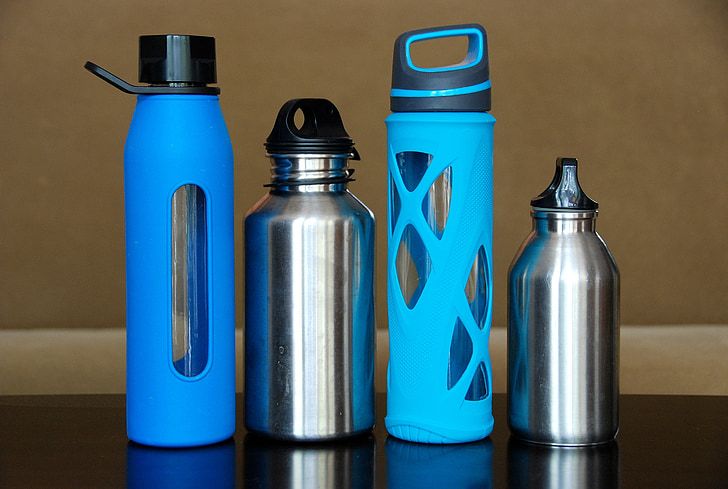
13. Hot Water Bottles
Ah, the hot water bottle – the ultimate healer of menstrual cramps, a definite bedtime essential, but I honestly don’t see them that much anymore! For generations, these simple yet brilliant contraptions were nothing less than a hug of heat on frigid evenings, a true beacon of comfort in a world without central heating or electric blankets.
Typically made of rubber, or even metal in earlier designs, these wonderful devices were filled with hot water and then securely sealed with a stopper. Once filled, they offered hours of soothing heat, tucked under the covers or placed gently on an aching body. They were a constant companion during colder months, promising a cozy warmth that could make even the draftiest bedroom feel inviting.
Yet, for those who remember them, these bottles were more than just warmth; they were the trusted, go-to remedy for aches, cramps, or stomach pain, providing immediate, soothing relief in a pre-electric era. While we now have a plethora of heating pads and pain relievers, there’s still something uniquely comforting about a classic hot water bottle, a simple solution to age-old discomforts that, for a time, truly defined personal comfort and care.
Read more about: Unlock Your 2025 Adventures: 15 Essential Budget Travel Hacks for Savvy Explorers

14. Flat Irons
Flat irons, often affectionately — or perhaps resignedly — called “sad irons,” were once absolutely essential in every household. Made from solid cast iron, these weighty tools were heated on stoves or directly over open flames to press out wrinkles from clothing, turning crumpled fabric into crisp, respectable garments. Ironing wasn’t just a chore; it was a serious undertaking!
In the days before electricity revolutionized domestic tasks, ironing was a truly labor-intensive and time-consuming endeavor. It wasn’t uncommon for families to own multiple flat irons. The practice involved rotating them: one would be in use, meticulously gliding over fabric, while another was heating up, ready to take its place as the first one cooled. How exhausting does that sound? It was a true test of endurance and domestic dedication.
Using them was a delicate dance: if the iron was too cool, it simply wouldn’t smooth the fabric effectively; but too hot, and it could scorch the fabric in an instant, ruining hours of effort! Your patience, and your skill, would definitely be tested with every garment. Eventually, the arrival of electric irons made the process infinitely easier and safer, slowly pushing these heavy, stove-heated ‘sad irons’ into the annals of forgotten household mainstays. We might miss the tactile challenge, but certainly not the scorch marks!
There you have it—a deep dive into the lives and untimely departures of these incredible vintage models. Each one, in its own glorious way, defined an era, shaping our routines, comforts, and even our very understanding of connection. From the weighty click of a rotary phone to the tactile satisfaction of a manual coffee grinder, these items were more than just objects; they were central characters in the story of everyday life.
Read more about: A Golf Pro’s Take: The 10 Farthest Hitting Drivers of 2025 That Will Redefine Your Game
They serve as powerful reminders of how quickly innovation can sweep away the familiar, replacing it with the new and often, the invisible. While we revel in the undeniable convenience of today’s technology, there’s a part of us—the enthusiast, the historian, the nostalgic soul—that can’t help but feel a pang of longing for the deliberate, hands-on engagement these titans demanded. So, next time you effortlessly scroll through a map on your phone or pop a pre-ground coffee pod into a machine, take a moment. Remember the ingenious, sometimes cumbersome, but always charming devices that paved the way. They may be gone, but their legacy in the grand saga of human ingenuity? That’s forever etched in our collective memory, a truly fascinating chapter in the evolution of our daily lives.

